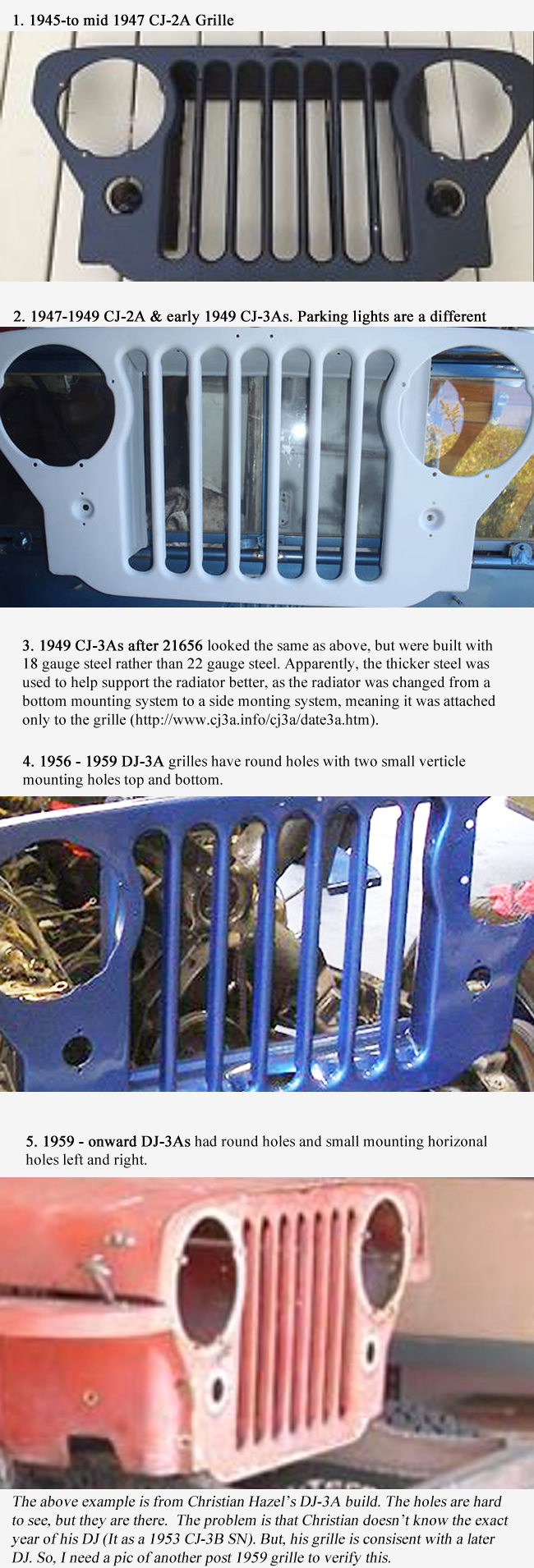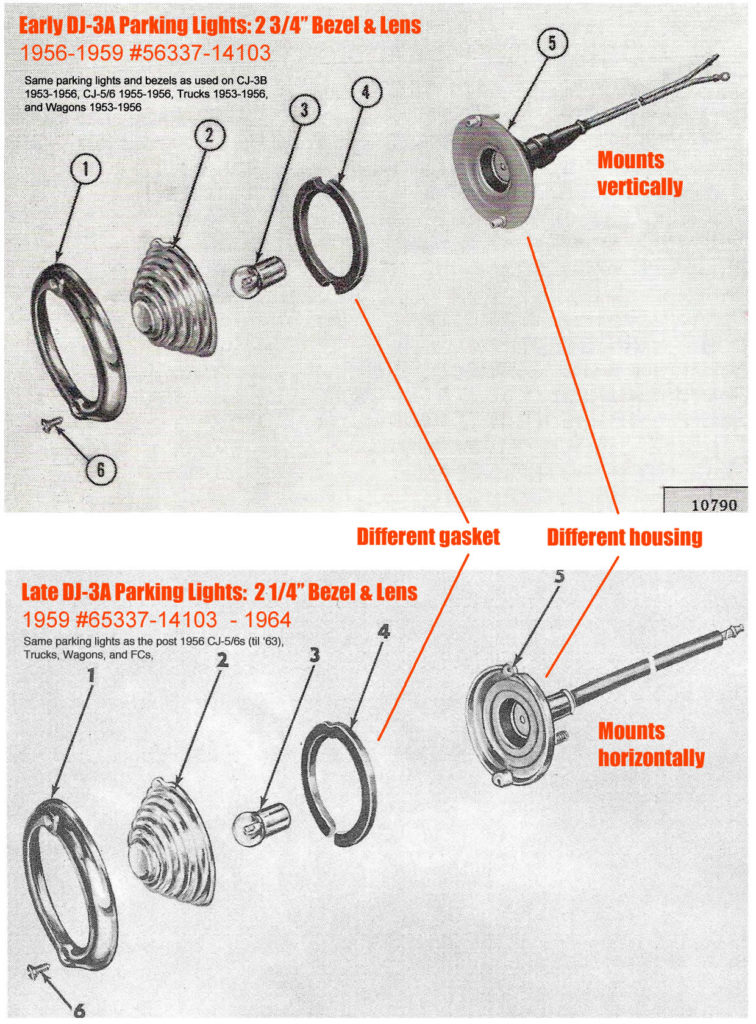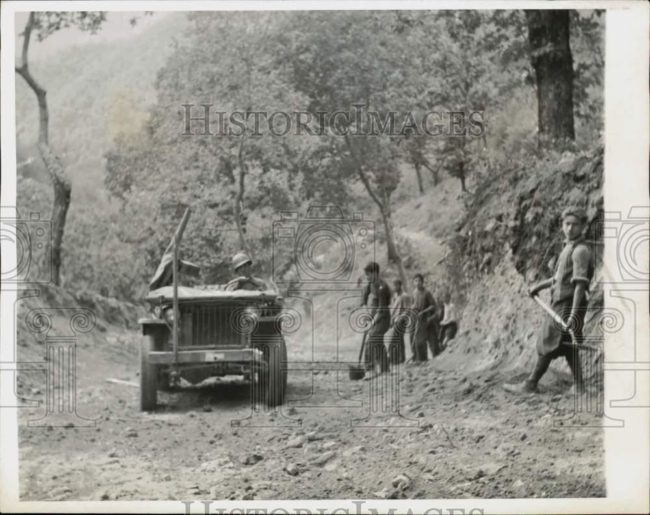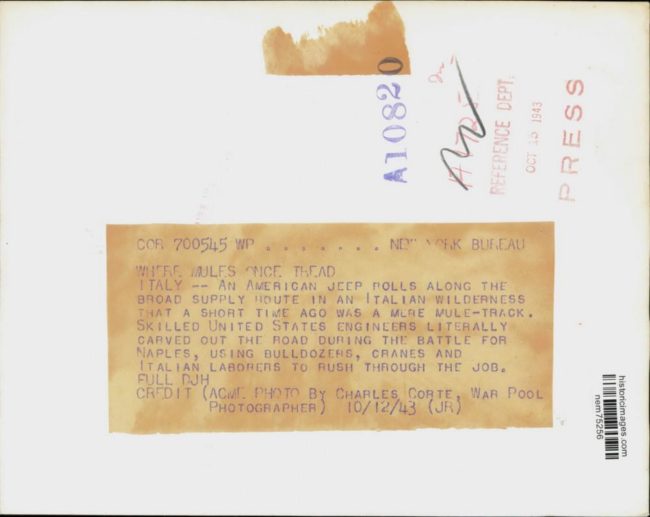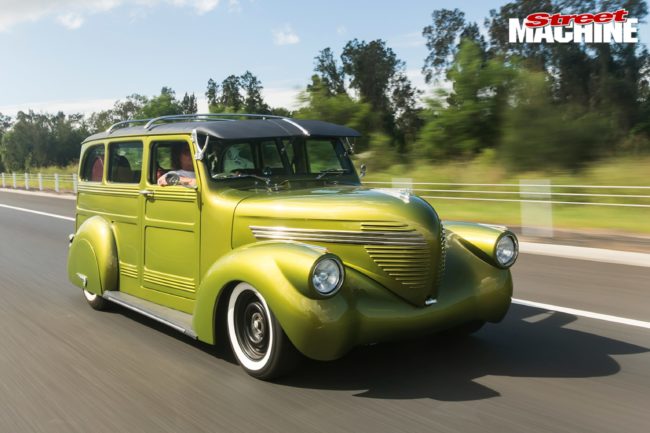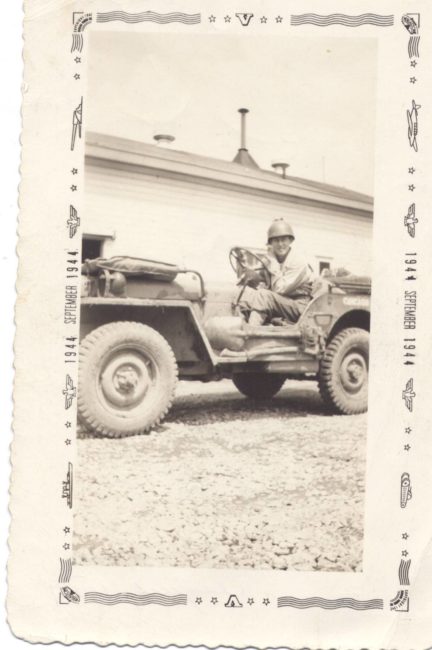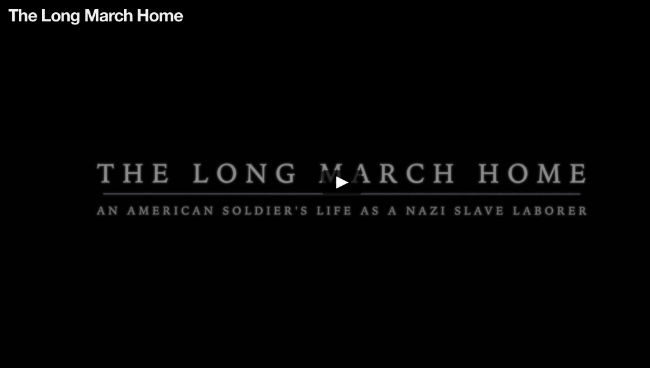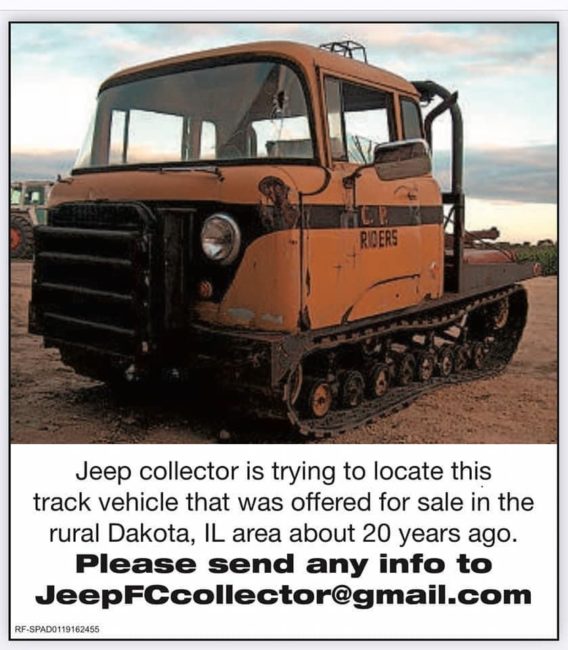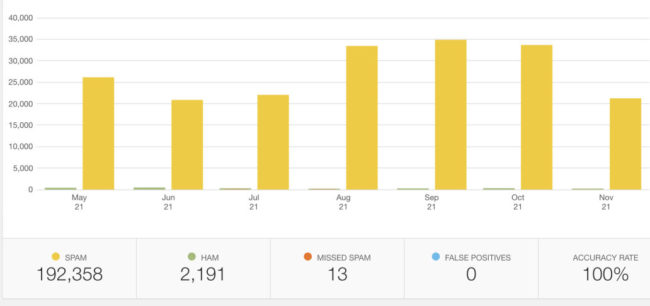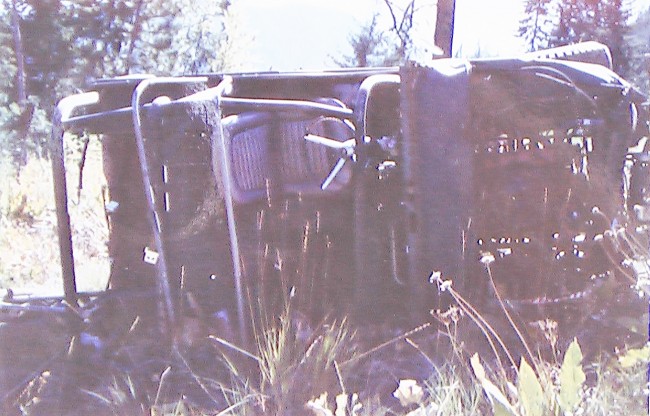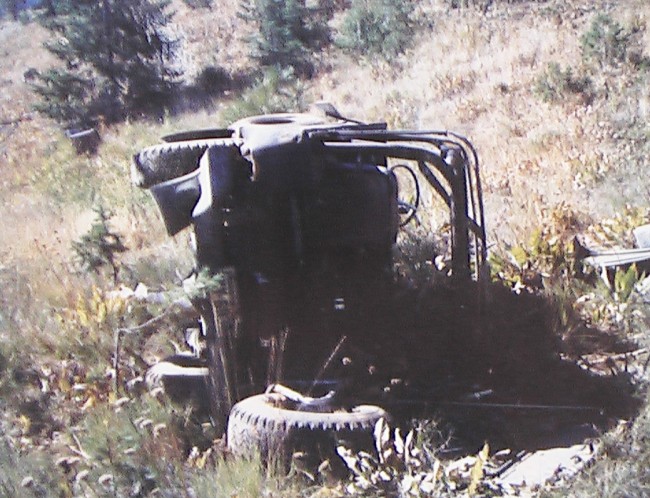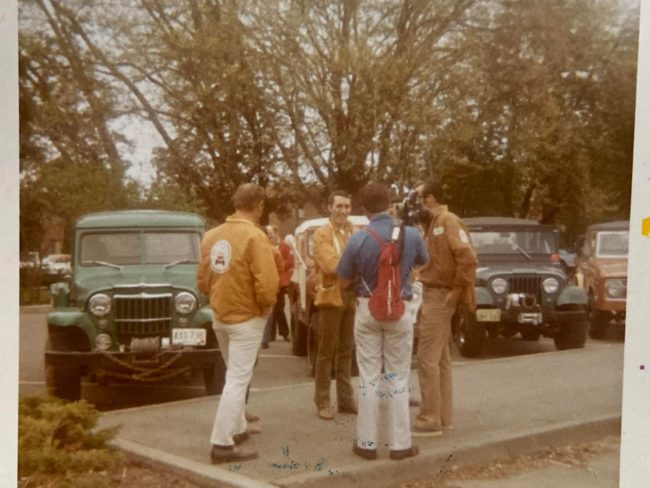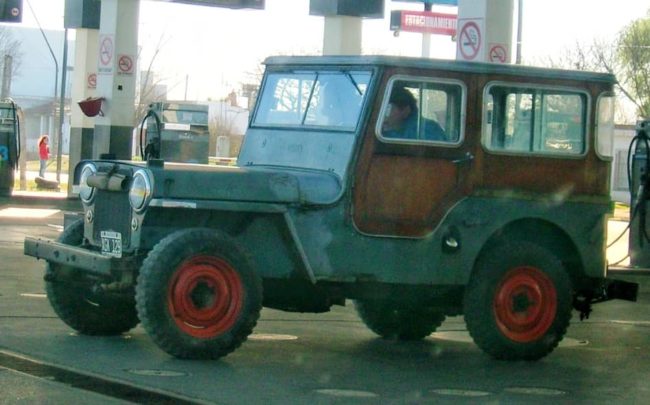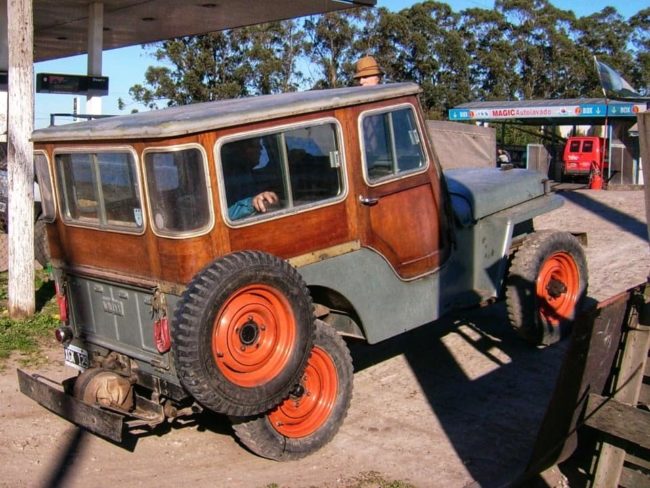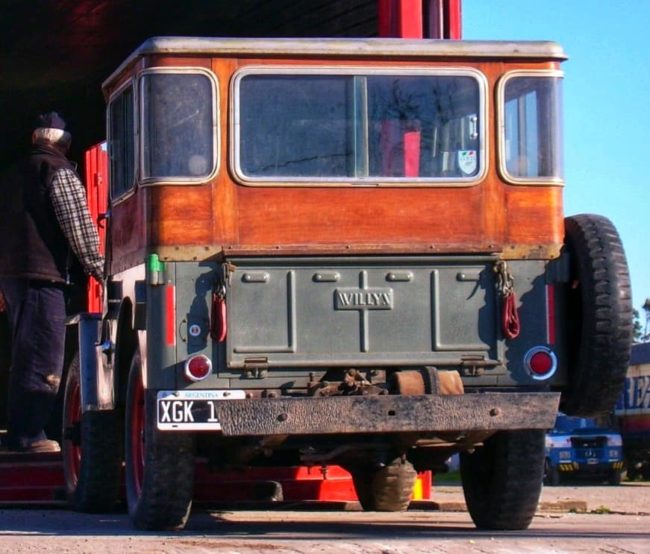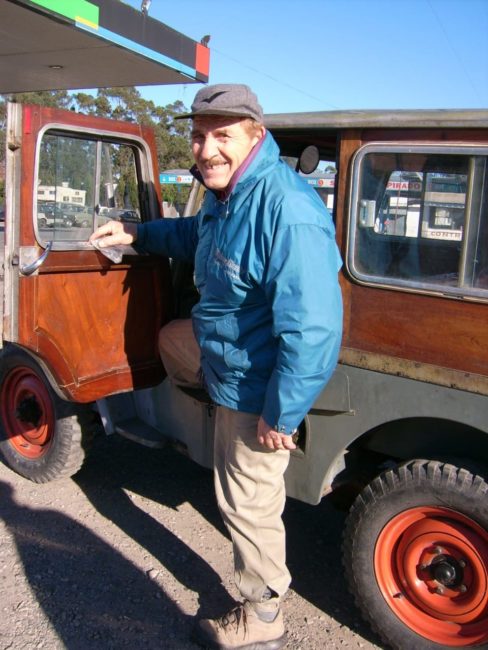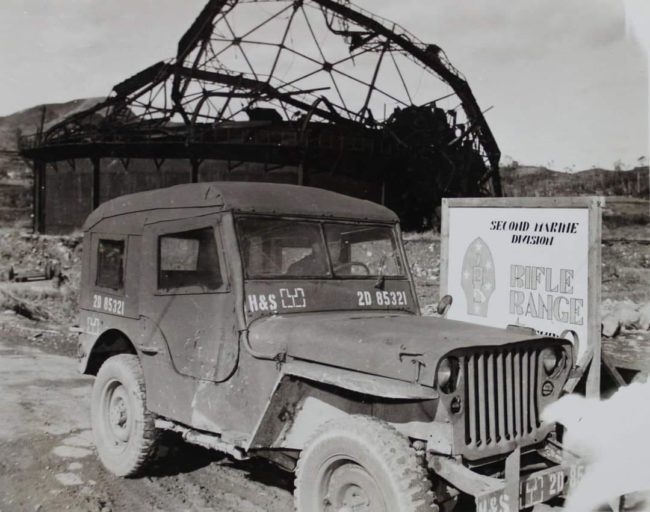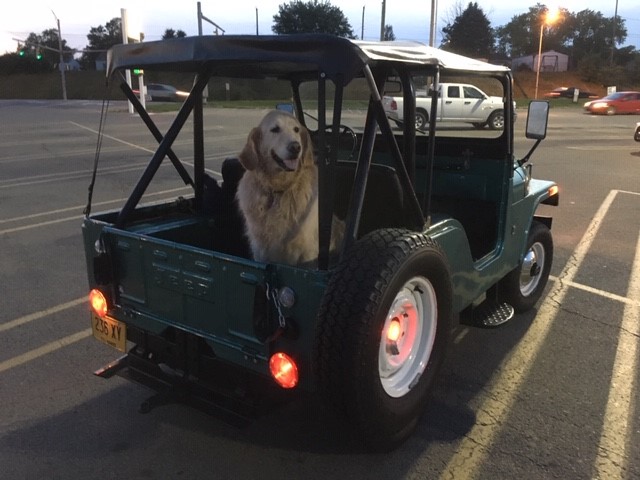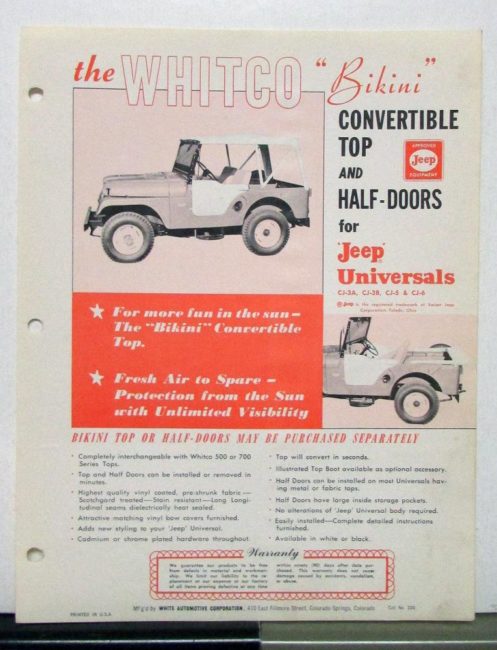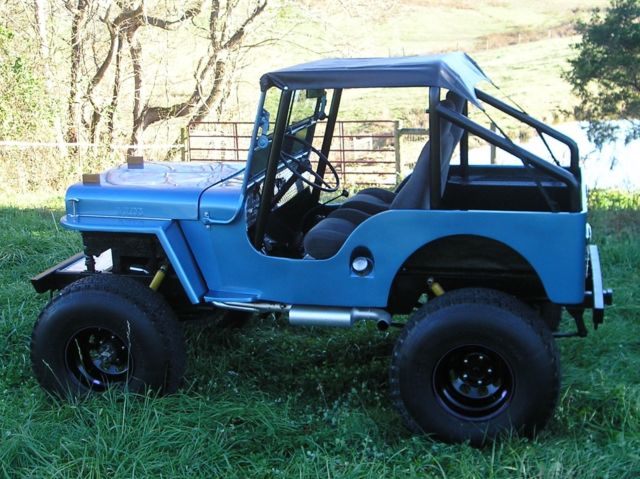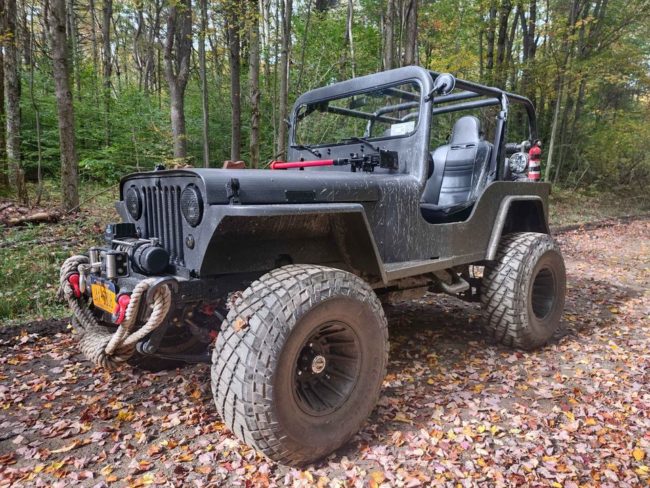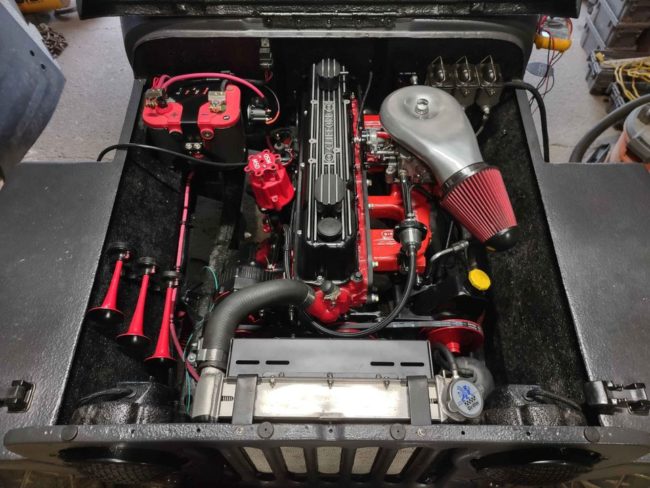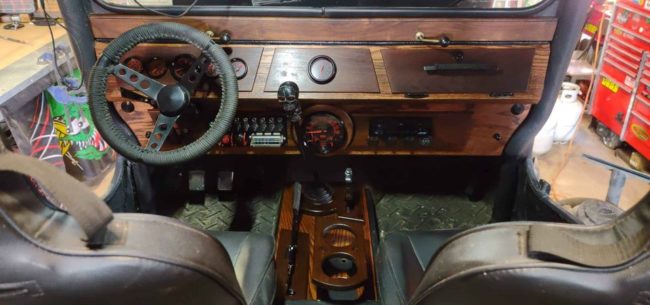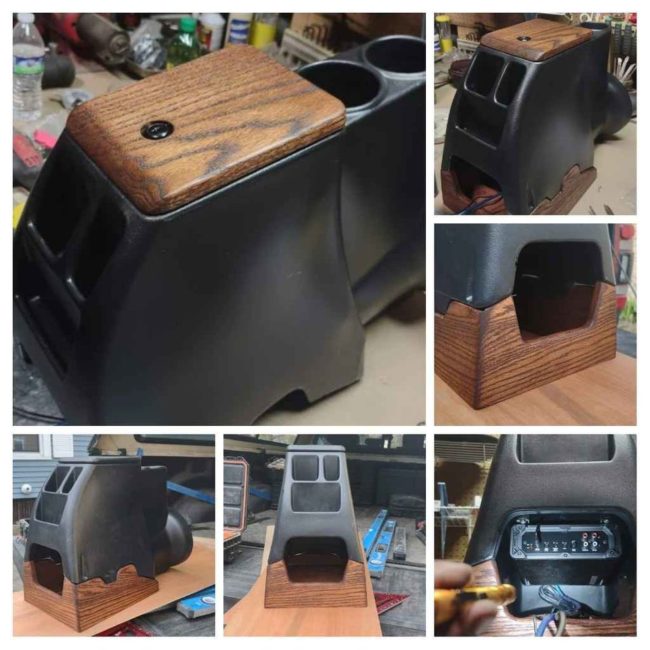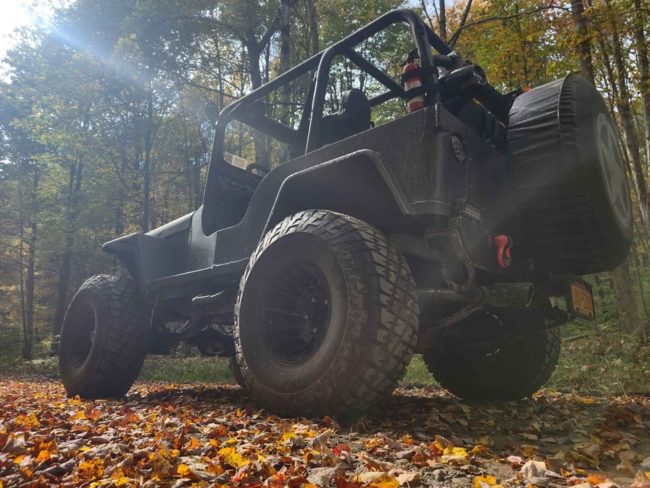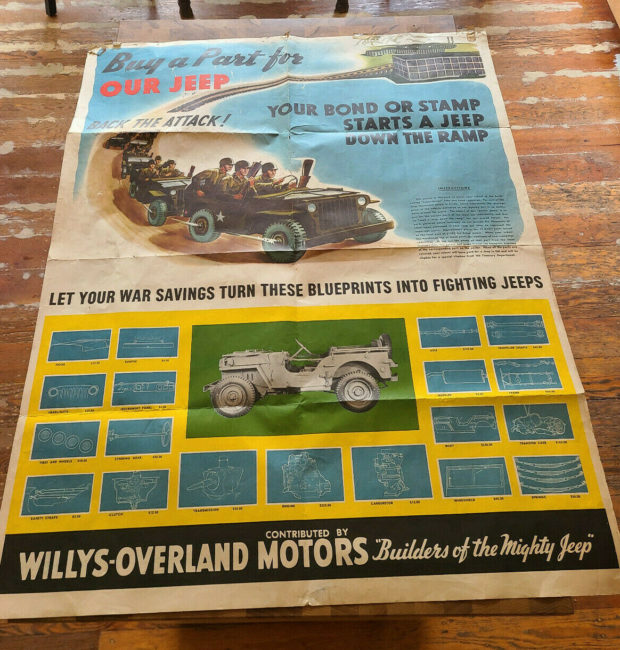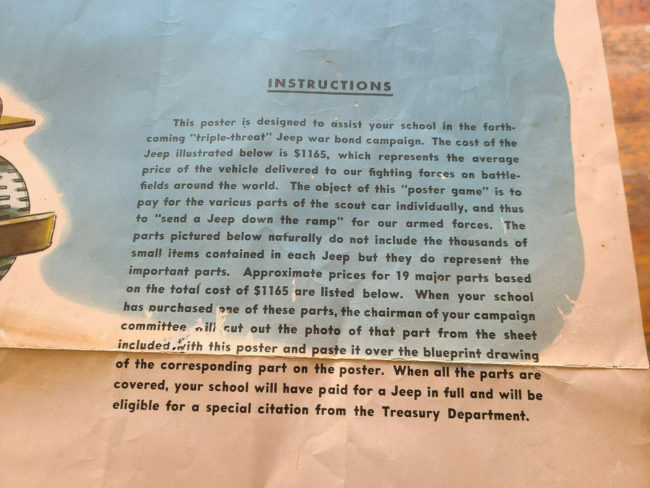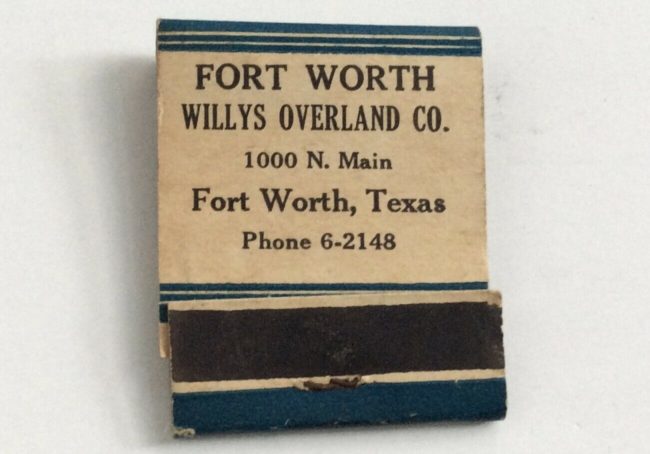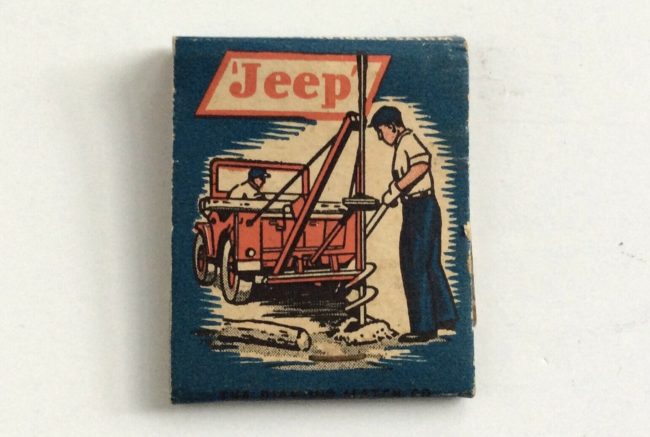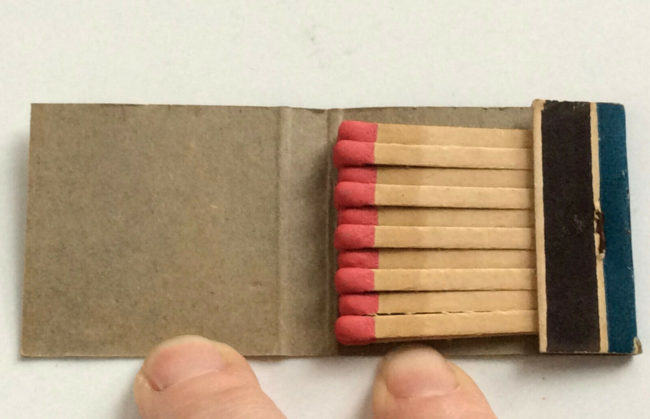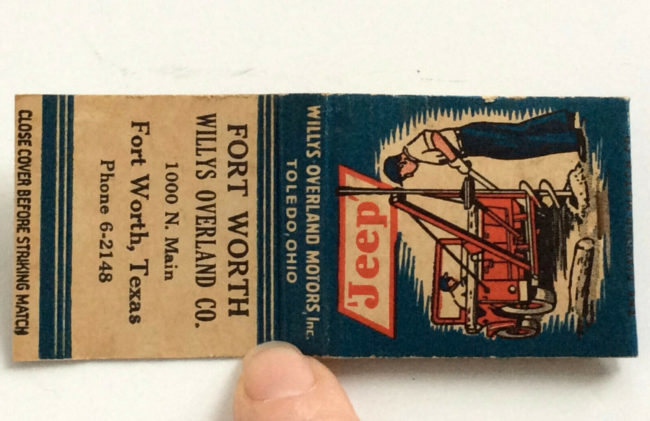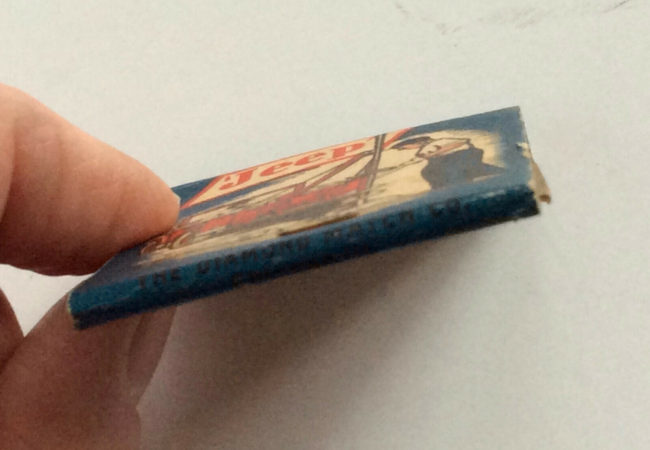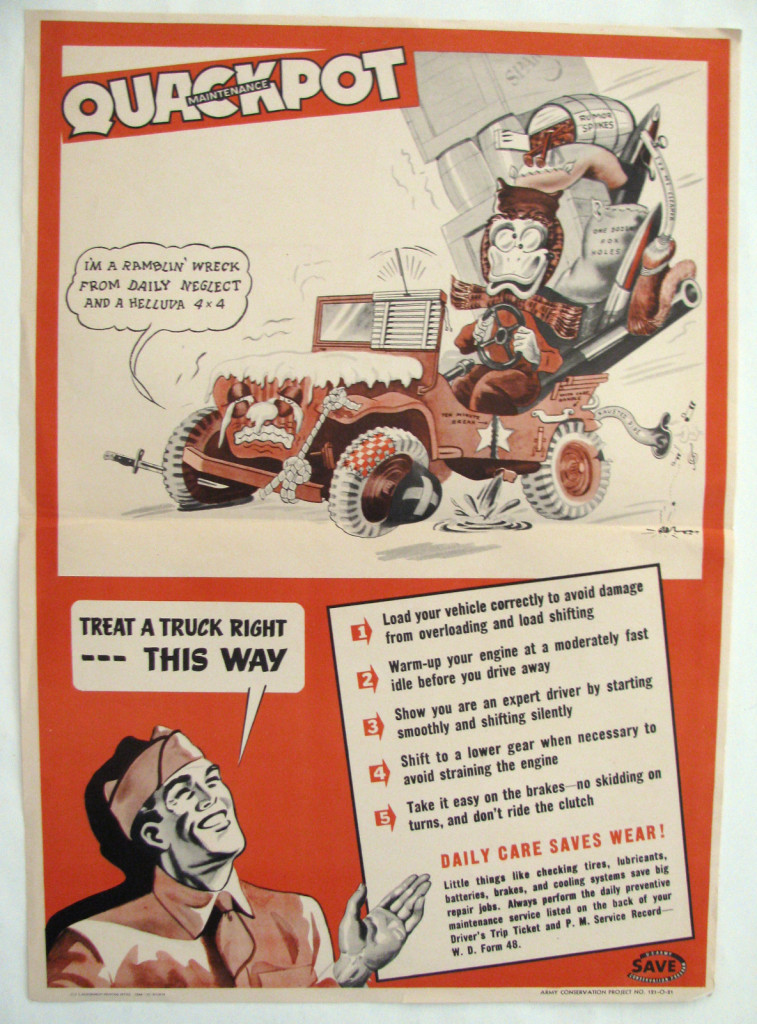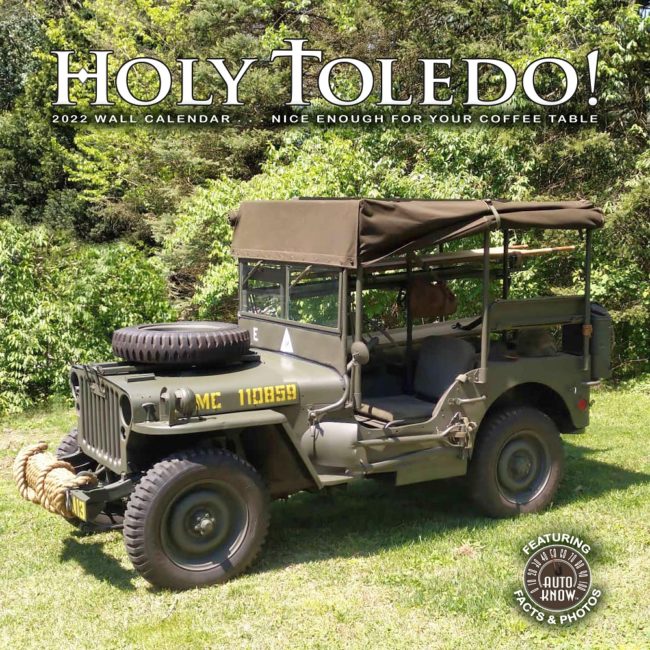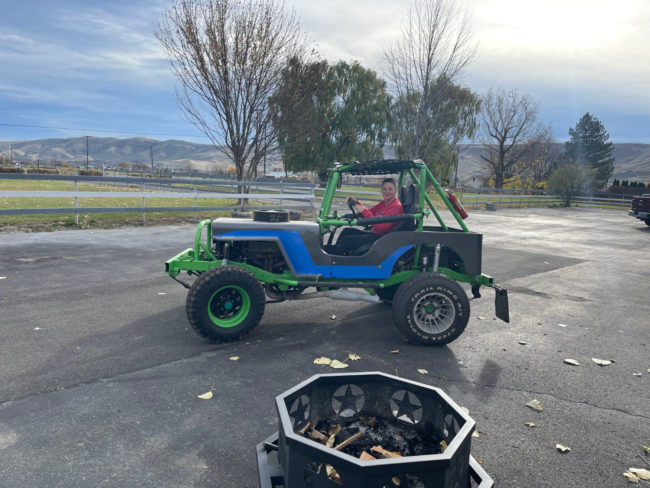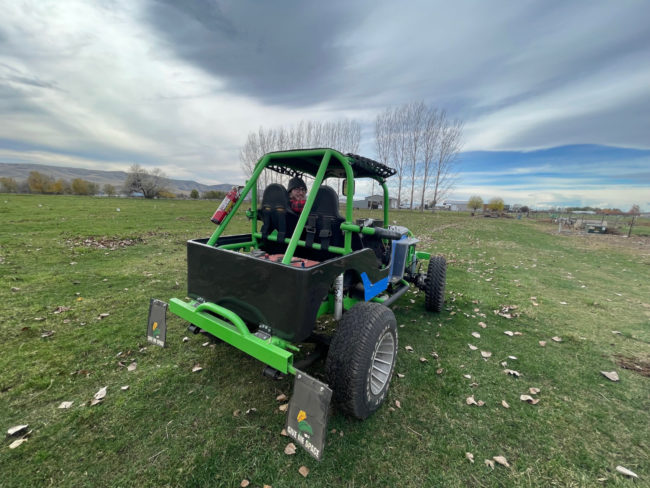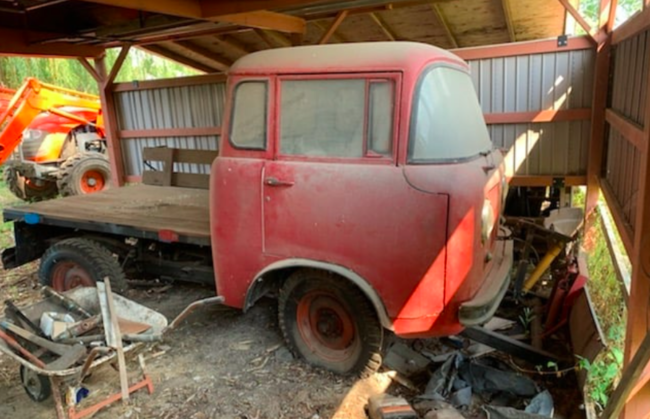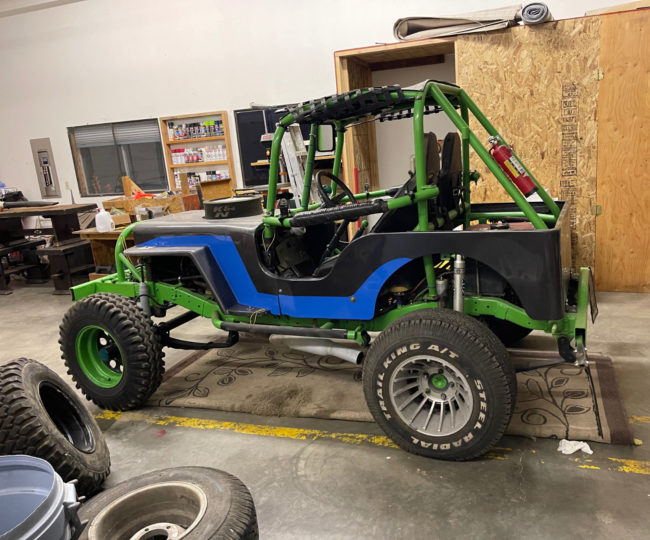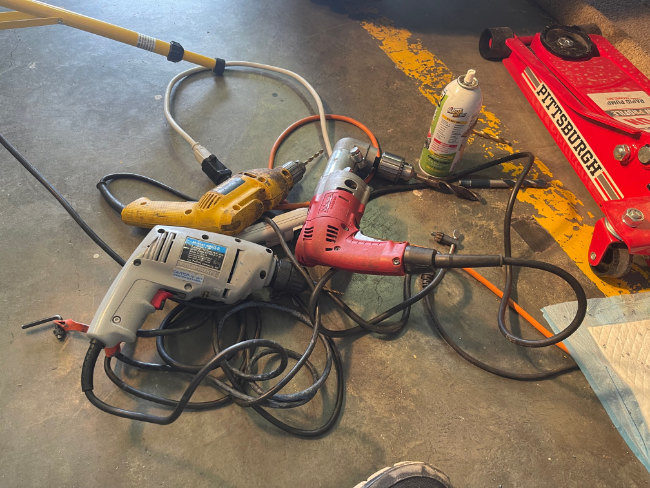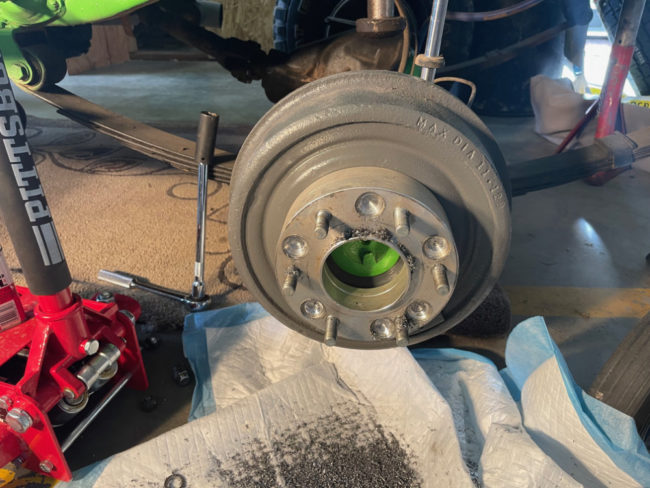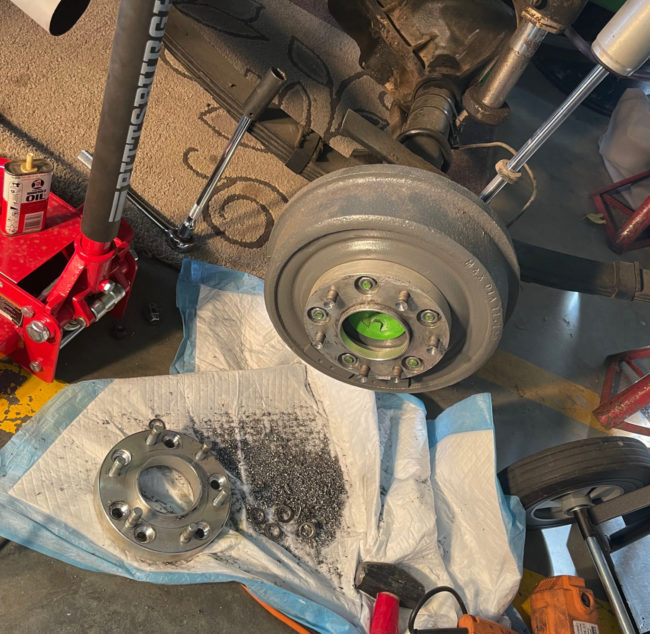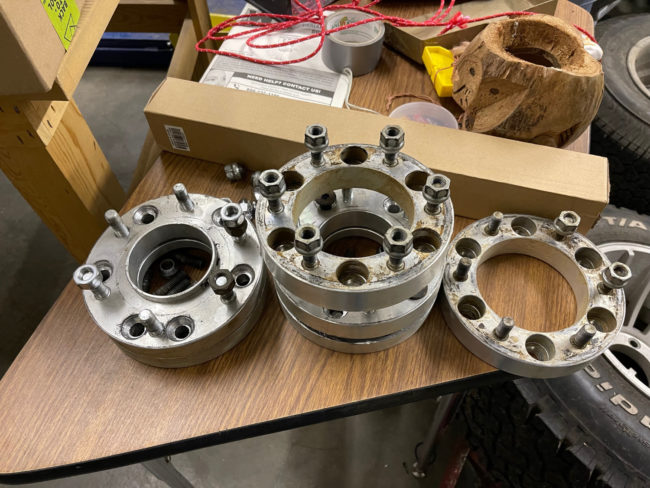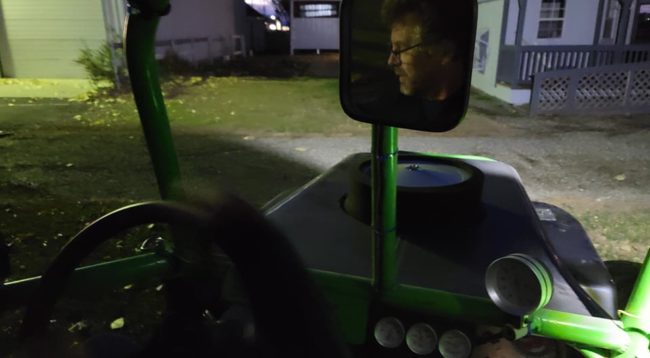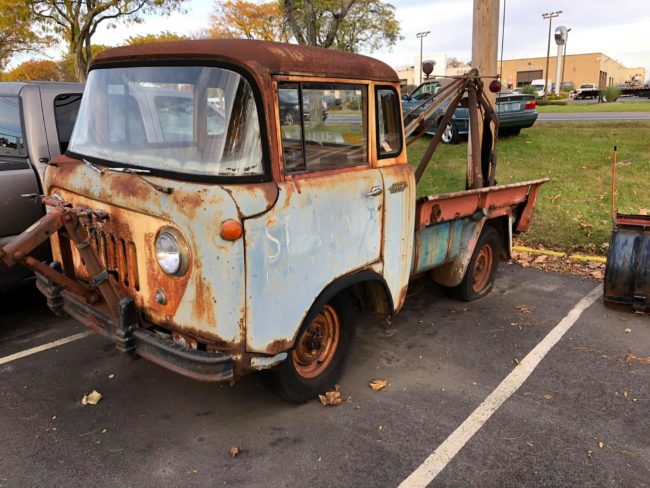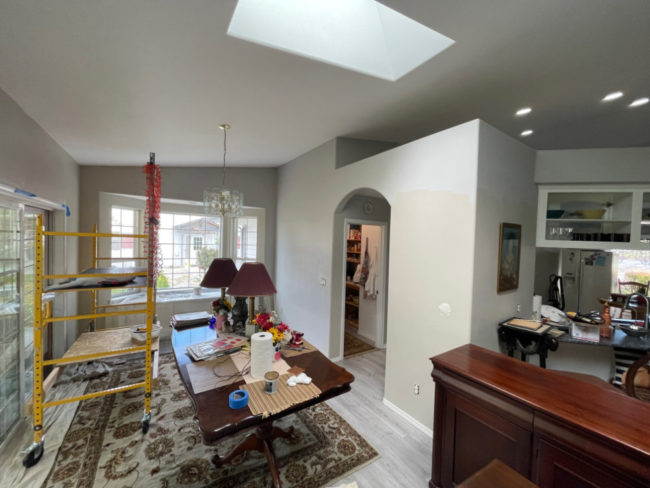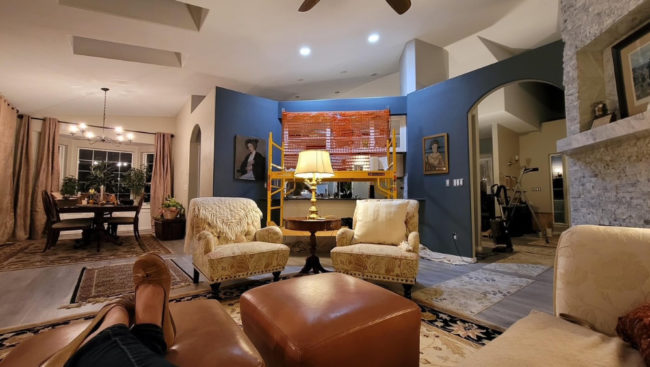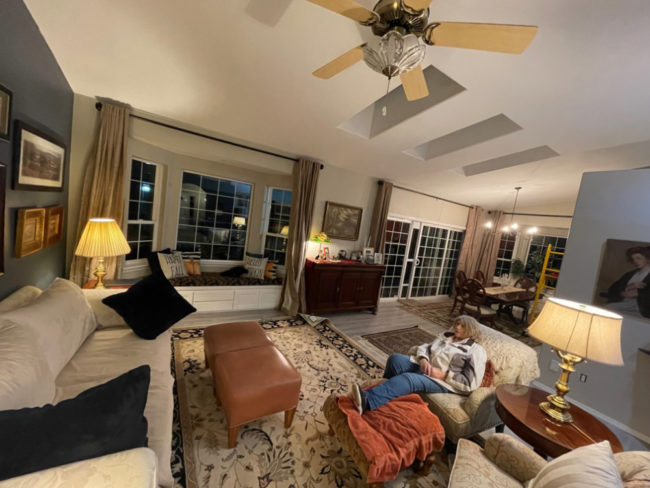UPDATE: This post was published on eWillys November 15, 2014. I don’t normally post whole articles, but there is a great deal of interesting information within it. I’m reposting this today because there is some additional information about Mr. Clement Miniger and his Auto-Lite company leading a syndicate to buyout John North Willys’ stock in 1929 (Learn more about Miniger And Willys Light here).
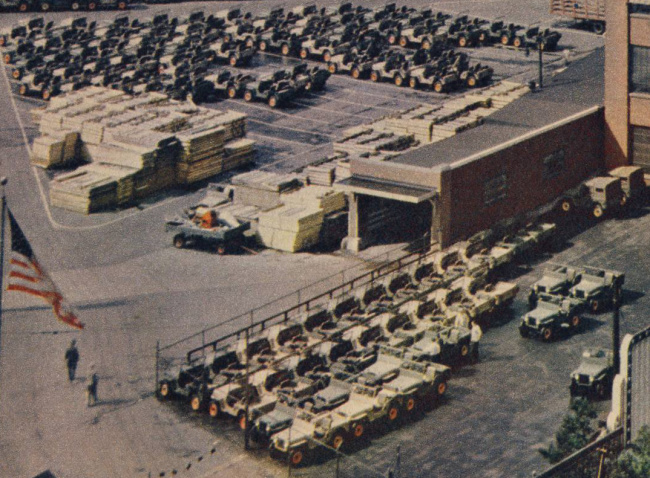
A variety of pre August 1946 CJ-2As in different colors waiting to be shipped from Willys-Overland’s Toledo plant.
This fascinating article was published in the August 1946 issue of Fortune magazine. It’s a LONG article that covers the history of Willys Overland Corporation from it’s bankruptcy in the early 1930s to it’s post-war market positioning. There is not much information specifically about jeeps, nor many jeeps photos. But, if you want to understand how the corporate structure evolved, it’s a good article.
One particular chart published in the article was Willys’ research on paved roads. The company felt that jeeps would be very popular in outer countries, due both to the brand and the lack of paved roads. To meet that demand, Willys planned to export 25% of all jeeps.
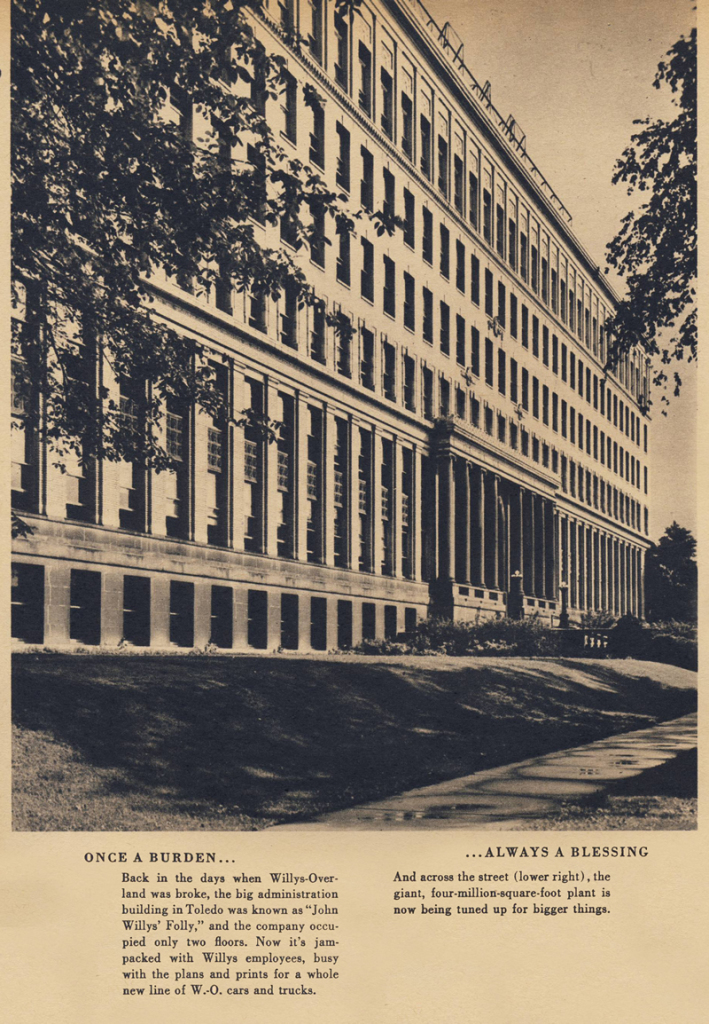
WILLYS-OVERLAND
THIS JEEP-RIDING AUTO INDEPENDENT IS TAKING NEW LEASES ON LIFE AND ITS OWN REAL ESTATE • THE BOYS IN THE BACK ROOM ARE DOING FINE
ln the years between the depression and the second world war, the once great Willys-Overland Co. clung by its nails to a niche in the U.S. automobile market. Gamely, it tried to sell the public a mousy little car, with a tough, four-cylinder engine, which was the cheapest thing on the road to run. Itself battered into receivership and reorganization by the depression, Willys had the patently sensible idea that such a car, guaranteed to get people from here to there at a minimum expenditure for fuel and upkeep, would be a blessing to a hard-pressed public that had not been similarly served since the demise of the models T and A Ford. But the public was proud, if poor, and more conscious of the millinery than the engineering of a car. When it had to buy cheaply it found the used-car market much more tempting. During most of those years Willys’ production ranged below the break-even point. bln 1940, a mere 27,000 cars were built. Now Willys-Uverland is coming up for the postwar round with a product line still topped by a light passenger car-with a four or a six-cylinder engine, buyer’s choice. It will probably be as cheap to buy, give or take a few dollars, as any 1947 car on the market, and possibly less expensive to operate and support than any of its competitors. And though it will be considerably more stylish, inside and out, than the prewar Willys, it will have, at most, simple good looks rather than breath-taking beauty. If that were the whole story, one might wonder why some people think Willys-Overland is an exciting proposition among the auto independents today, and why some mighty big boys in the automobile industry appear to be sparring for position in the peculiar, complicated Willys-Overland hierarchy.
Unquestionably Willys has fresh charms. To name four:
1) The tough, four-cylinder motor that was the bread-and-butter item in the prewar Willys is the same motor that powered the Army Jeep, which became an international byword during the war. As the largest producer, by far, of the Jeep, Willys-Overland became the beneficiary of this enormous, war-born prestige (and also added a tidy sum to its treasury). Ten days after V-J day, Willys was in production on its civilian or Universal Jeep, of which it had sold around 28,000 by June 1, despite plant shutdowns totaling eighty-three days owing to strikes in suppliers’ plants.
2) Under way at its giant Toledo plant is a Jeep-inspired line of Willys utility vehicles including (a) an all-steel, all-purpose station wagon, (b) a sedan delivery truck, and (c) a low-weight, medium-duty truck with a combination four and two-wheel drive. All are powered by an improved four-cylinder Jeep engine and feature the Jeep snub nose and square fenders. All will be produced in 1946, and can be run through the same assembly line if necessary.
3) Because the rugged, lightweight vehicles in the Willys line are peculiarly suited to the exigencies of foreign motoring, in which the paucity of paved roads and the steep price of gasoline are forbidding factors, the company has decided to throw 25 per cent of its production into export. The development of a foreign market of such proportions is steadying to the seasonal economy of an automobile company. And Willys’ new top management is richly experienced in the export field.
4) Finally, many an economist, foreseeing an era of inflation, high taxes, and high gasoline costs, will agree that the hour in the oiiing is ripe for an automobile that places operating economy above fashion appeal. Willys is confident that its traditional economy car is, at last, accurately attuned to the times, and that its 1947 passenger model can bite into a solid and sustained market, both here and abroad.
Continue reading →

